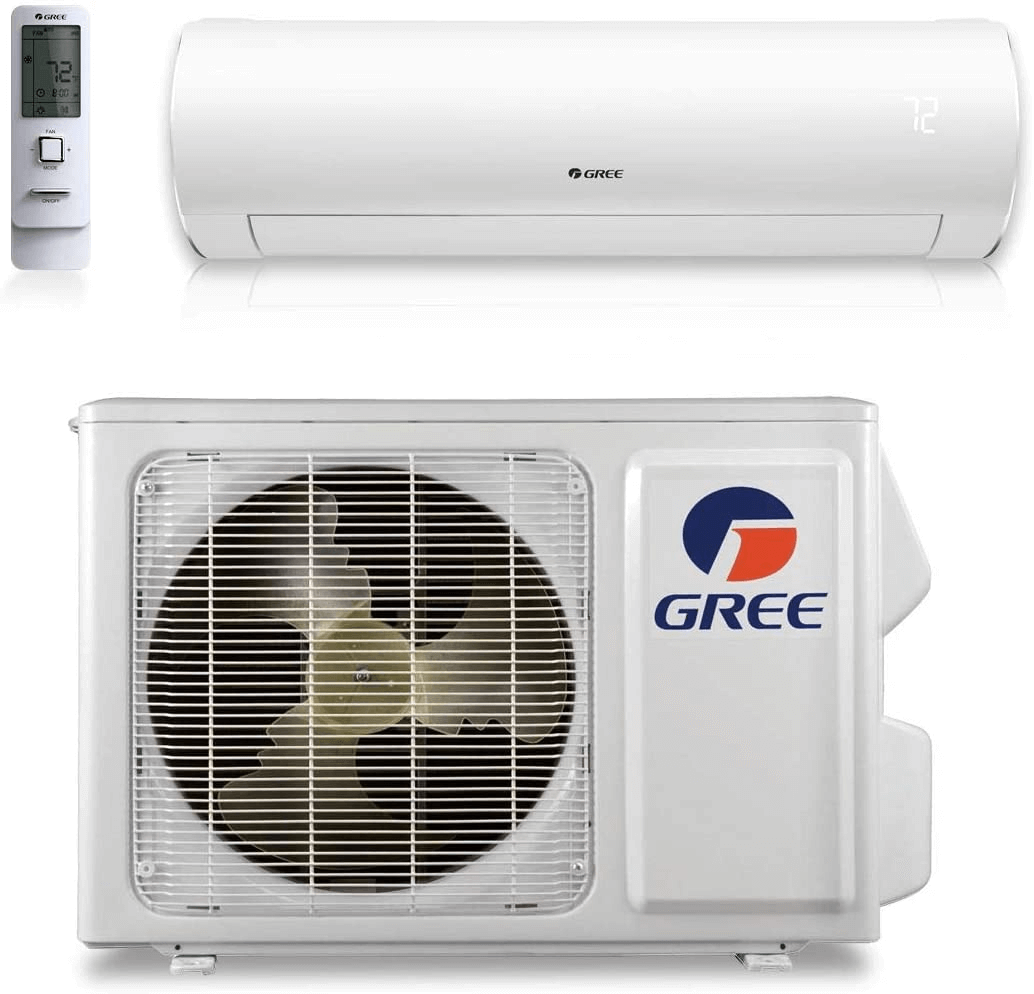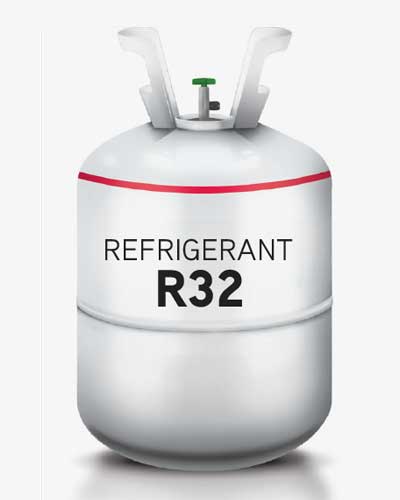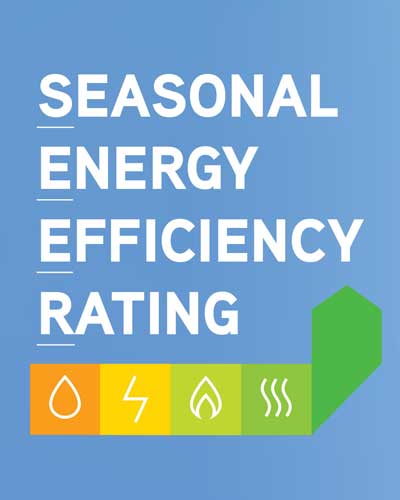
GREE Mini-Split Error Codes: Understanding What They Mean & How to Resolve Them
GREE mini-split systems are renowned for their efficiency and reliability. However, like any sophisticated machinery, they may encounter issues, often indicated by specific error codes. Understanding these error codes is crucial for quick and effective troubleshooting. This guide will help you decode and resolve common error codes, ensuring your customer’s GREE mini-split operates at its best.
High & Low-Pressure Error Codes for GREE Mini-Splits:
- E1: This code signals high pressure in the system, often due to dirty coils, restrictions, or overcharging. Inspect the coils and fans for proper function. If these components are in good condition, a technician should check the high-pressure switch and potential overcharging.
- E3 Code: This code indicates low pressure. Check for dirty filters & coils, if those are both fine, a technician should weigh the charge out and check for leaks.
In the case of E1 and E3, homeowners can check for dirty filters, but if those are fine, they should call in a qualified HVAC technician.
Mode Conflicts and Overcurrent Error Codes for GREE Systems:
- E7: This error arises when the outdoor and indoor units are set to different modes, causing a mode conflict. Ensure both units are set to the same desired mode for correct functionality. This is something a homeowner can often handle on their own.
- E5: Signals overcurrent protection mode, triggered by high line voltage or unstable low supply voltage. This requires a technician to inspect and stabilize the electrical supply.
Sensor Malfunctions Codes for GREE Mini-Splits: Codes F1, F2, F3, F4, F5
Sensor malfunctions are indicated by F-series error codes. These include indoor ambient sensor (F1), indoor evaporate sensor (F2), outdoor ambient sensor (F3), outdoor tube sensor (F4), and discharge sensor (F5) malfunctions. These issues typically require component replacement by a skilled technician.
Defrost Mode and Power Module Protection Codes for GREE Units:
- H1: Indicates the unit is in defrost mode (status code). If the defrost process isn't functioning correctly, it may point to issues with the control sensor or heat exchanger.
- H5: This code suggests the intelligent power module (IPM) has entered protection mode, controlling voltage and temperature issues. The IPM monitors compressor functionality. Service is necessary to resolve this error code.
Additional GRE Error Codes: C5, U3, L9
- C5: This code is related to jumper issues. If you have replaced the control board, you must transfer the jumper from the old to the new board.
- U3: U3 indicates a voltage drop on the DC bus bar, while L9 signifies power protection mode activation, possibly due to a significant power surge. Both require professional assessment.
General Troubleshooting and Maintenance Tips for GREE Mini-Splits
Regular inspections for dirt buildup, leaks and ensuring mode consistency between units can prevent many common issues. Routine maintenance is key to the longevity and efficiency of your GREE mini-split.
Technical Insights for HVAC Contractors
For HVAC professionals, understanding the technical aspects of these error codes is vital. Advanced troubleshooting techniques can be employed for more complex issues, ensuring effective resolution and customer satisfaction.
GREE Mini-Split Care and Support
Preventive maintenance is crucial for long-term efficiency. In case of complex issues, don't hesitate to contact your local GREE professionals using our contractor locator tool.
Additional GREE Resources & FAQ’s:
This guide provides a comprehensive overview of common GREE mini-split error codes and their resolutions. For further reading and resources, HVAC professionals are encouraged to explore additional technical materials and support offered by GREE.
GREE Error Code FAQs for HVAC Contractors:
- How can I quickly diagnose the most common GREE mini-split error codes on-site?
- Familiarize yourself with common codes like E1, E7, and H5. Carry a reference sheet of these codes and use a multimeter with needlepoint probes for quick diagnostics of electrical components.
- What are the best practices for resolving sensor-related error codes in GREE mini-splits?
- For sensor malfunctions (F-series codes), ensure the sensor connections are secure. If the issue persists, sensor replacement is usually required. Always use GREE-approved replacement parts. See Thermistor Temperature to Resistance Table
- Can software or firmware issues cause error codes in GREE mini-splits, and how do I address them?
- Yes, software glitches can cause error codes. Try resetting the system first. If the issue persists, check for firmware updates.
- Are there any specific tools or equipment you recommend for troubleshooting GREE mini-split error codes?
- A reliable multimeter with needlepoint probes, a set of HVAC gauges, and a temperature clamp meter are essential. Also, consider investing in diagnostic tools recommended by GREE for specific models.
- How do I handle error codes that indicate voltage or power module issues?
- For voltage or power module issues (like U3, L9, H5), ensure the power supply is stable and within the required range.
- What should I do if I encounter a rare or unfamiliar error code on a GREE mini-split?
- Refer to the GREE technical manual for that specific model, which you can find on that unit’s product page. If the code isn't listed or you're unsure, contact GREE technical support for expert advice.
- How often should I conduct preventive maintenance on GREE mini-splits to avoid error codes?
- Conduct preventive maintenance at least bi-annually. However, units in high-demand or dusty environments may require more frequent checks.
- Is there any advanced training available for HVAC contractors on GREE mini-split systems?
- GREE often offers training programs for HVAC professionals. Check their official website or contact local distributors for information on upcoming training sessions.





